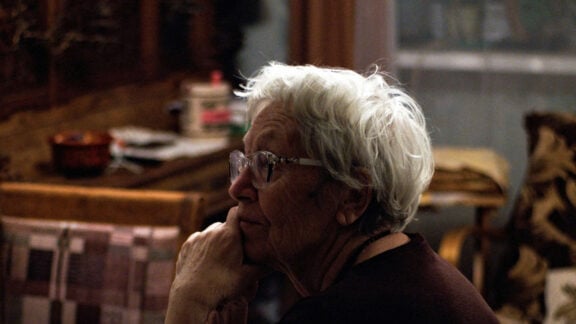Flood-hit areas of Queensland are preparing for further rainfall as remnants of an ex-cyclone move across the state.
Widespread rain across central and southern parts of the Sunshine State has been forecast as ex-tropical cyclone Dianne moves across the Northern Territory on Tuesday.
The Bureau of Meteorology is forecasting rainfall and damaging wind gusts across already flooded soaked areas that has triggered evacuations in rural communities.
Flooding in the region is considered the worst in more than 50 years and could last weeks, sparking fears of mass livestock losses.
“Flooding continues to be extremely significant for central and western Queensland and it will be for days and weeks to come,” senior meteorologist Angus Hines said on Tuesday.
“Some of the floodwaters are even moving across state borders now into the eastern Northern Territory and northern parts of New South Wales.”
The rainfall is expected to ease over these areas by Wednesday evening.
Remote communities near the Northern Territory’s Alice Springs and Uluru were expected to be impacted by ex-cyclone Dianne’s remnants after the system crossed Western Australia’s northwest coast days ago.
That wet weather is now pushing into central Queensland and down to northern NSW.
The heaviest falls are set to hit southern Queensland and northern NSW on Wednesday, with totals exceeding 100mm in some areas.
More rain will ensure further hardship for graziers, sparking fears for some that they will lose 100 per cent of their stock.
The full extent of the damage won’t be known until the flooding eases, a process that could take weeks.
“We’re talking about a massive loss … in relation to their livestock, cattle, sheep and goats,” Queensland Emergency Services Minister Dan Purdie said.
“Some of those families and some of those farmers have been on the land for a long time – it might take a long time to recover.”
Helicopter pilots have gathered to help evacuation efforts in the southwest, with Adavale’s entire population of about 30 people rescued in recent days.
They have also helped drop off food supplies and livestock fodder, with roads cut or badly damaged by floodwaters.
“A lot of the creeks are still up and what roads are open, they’re pretty gouged out,” said Anne-Maree Lloyd, who had to evacuate her Jedburgh homestead near the Barcoo River.
“Semi-trailers with a full load of hay just wouldn’t get along them.
“The logistics of getting that supply into where it’s needed is a big issue at the moment. There’s just so much water around.”
Source: AAP









